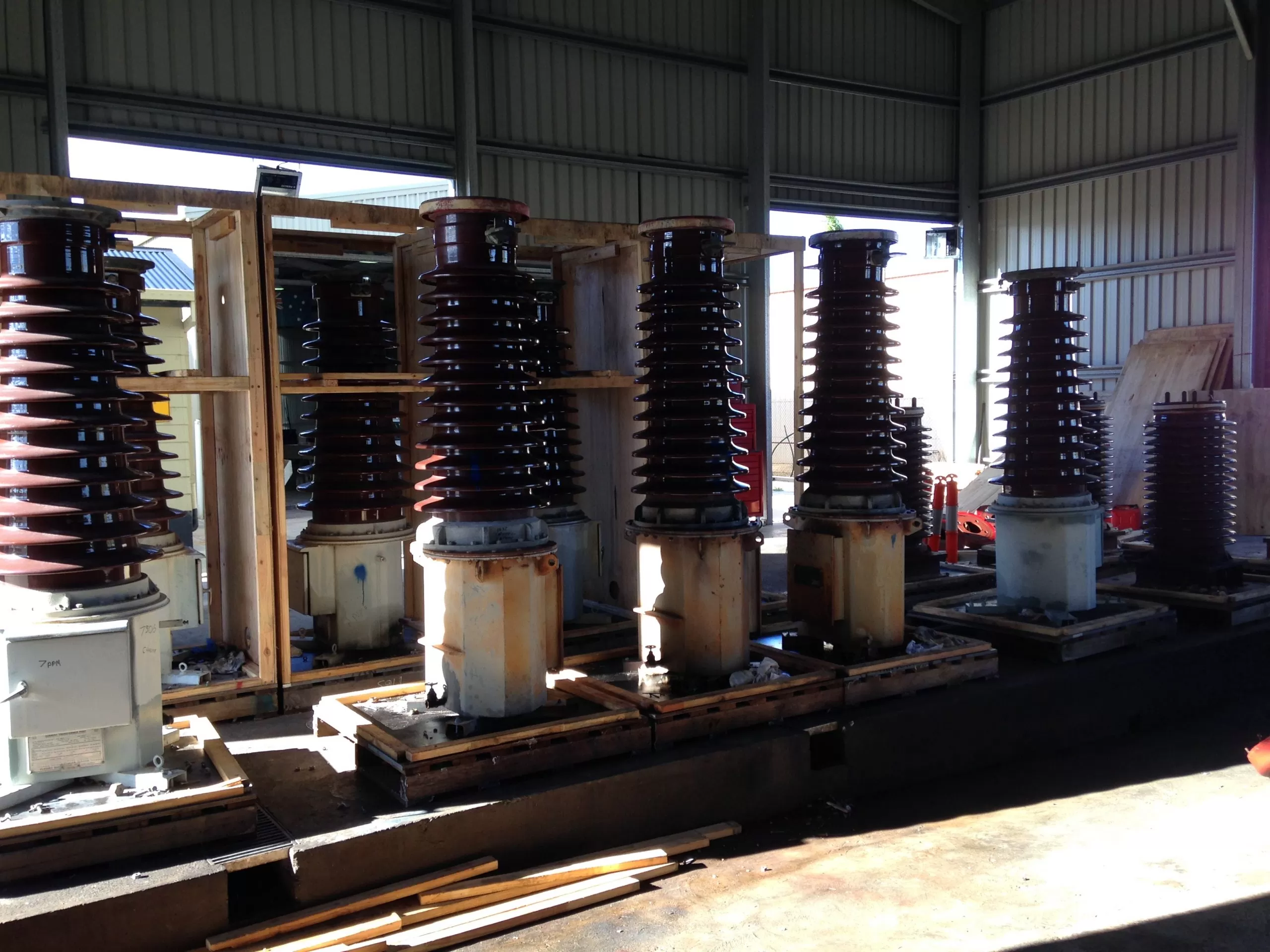A key challenge for asset managers of electrical infrastructure is how to easily get rid of redundant high voltage (HV) equipment in a compliant, safe, and cost-effective manner. Here’s how industrial waste removal specialists manage this essential task.
Redundancy in high voltage equipment
HV electrical equipment becomes redundant when it reaches the end of its useful life but removing and scrapping this waste is no simple process. Firstly, the types and composition of HV equipment can vary greatly in size, complexity, and design, making it challenging to dismantle and transport safely.
Secondly, this kind of equipment also cannot be simply scrapped by a traditional metal merchant. This is because HV gear often contains liquid insulating materials like oil or gaseous insulation, like in the case of SF6 (sulphur hexafluoride) circuit breakers. These environmentally hazardous materials require organisations to follow removal, transportation, and recycling or disposal procedures outlined in industrial, state, and federal environmental regulations.
Finally, some of this equipment is located in dangerous and difficult to access locations, for example, underground, or on sensitive sites like those owned by the military or sites with critical national infrastructure.
As a result, scrapping this equipment at the end of its lifespan requires specialists to manage decommission, transport, and disposal processes. This not only ensures that best practices for personnel and environmental safety are implemented, but that optimal industrial equipment and waste recycling goals are achieved.
HV equipment decommissioning and removal process
This is a complex process that follows four basic steps:
- Equipment audit – Our team will audit equipment onsite and develop a disposal and recycling plan in line with best practices, regulatory compliance, and environmental goals.
- Dismantling – We will then dismantle the HV equipment, safely extracting hazardous waste such as transformer oil and SF6.
- Sorting – Sorting of scrap parts into recyclables to be sent for processing, and waste to be sent to appropriate disposal sites.
- Recycling – Purification and processing of recyclables into usable products through innovative resource recovery methods and waste-to-product methods, including oil recovery.
Benzoil waste management teams can handle the following HV equipment
- Transformers
- RMUs (ring main units)
- Rectifiers
- Circuit breakers
- Current transformers
- Voltage transformers
- Capacitors
- Circuit boards
- Bushings
- X-ray tubes
At Benzoil, we provide the specialist know-how, methods and handling industries need to dispose of HV gear properly and safely at the end of its life. We are fully licensed and always seek the best environmental outcomes, working across Australia in all sectors and serving the mining, manufacturing, oil, energy, utilities, chemical, and pharmaceutical industries.
By using best-in-class service and methods to remove and dispose of HV scrap and its by-products, we’re here to assist you with the challenge of safely scrapping HV equipment. Contact us today for more information.



